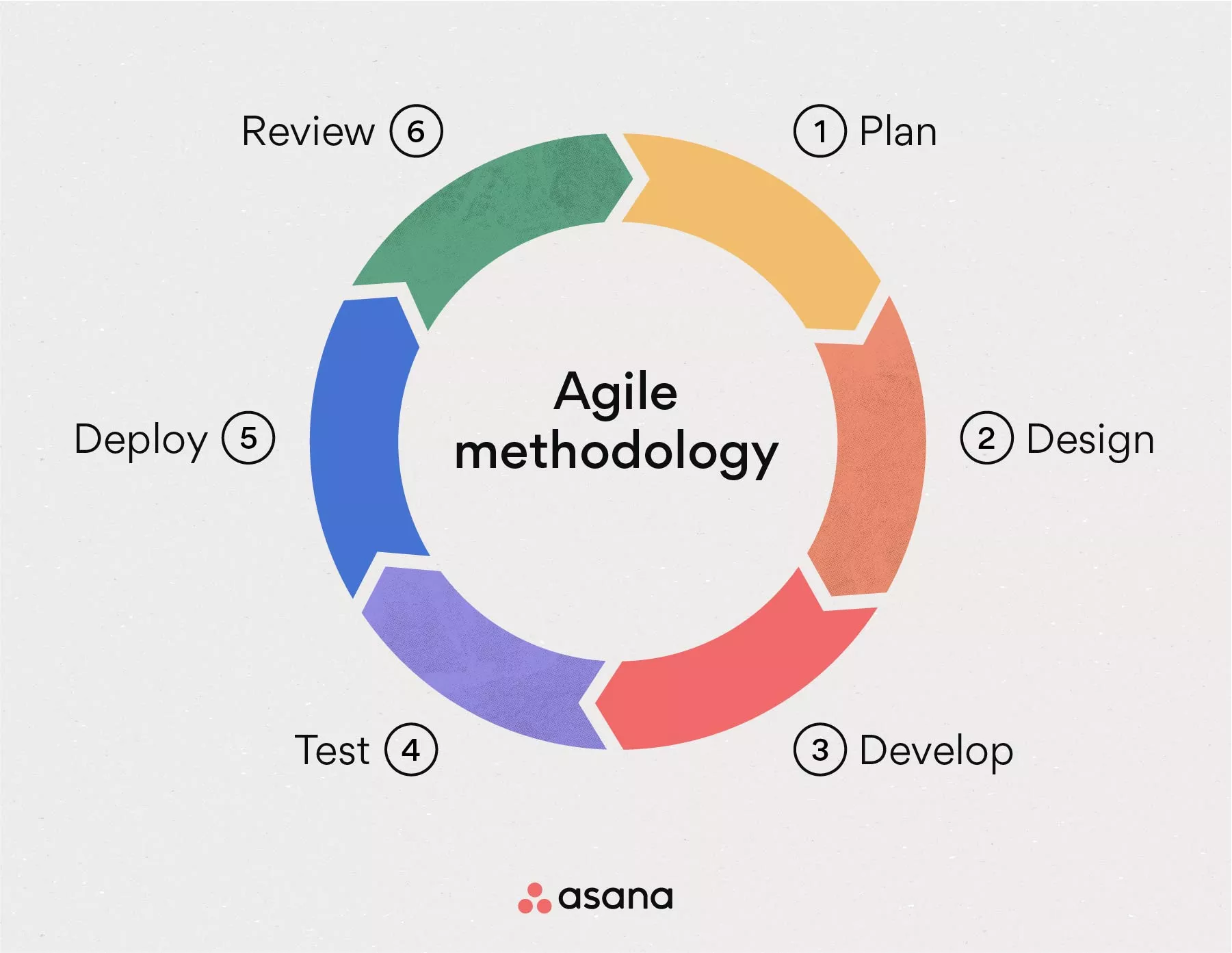Agile Product Management is a dynamic approach that emphasizes flexibility, collaboration, and customer-centricity in product development. Unlike traditional waterfall methods, Agile focuses on iterative cycles called sprints, where teams work collaboratively to deliver incremental improvements. This methodology prioritizes customer feedback, adapts to changing requirements, and promotes continuous improvement.
Why do you need agile product development?
Agile Product Development offers numerous benefits, including faster time-to-market, enhanced adaptability to market changes, improved customer satisfaction, and better risk management. By breaking down complex projects into manageable tasks and involving stakeholders throughout the process, Agile fosters transparency, efficiency, and innovation.

Agile methodology versus Waterfall methodology
One of the fundamental differences between that and Waterfall methodologies lies in their approach to project execution. While Waterfall follows a sequential, linear process with defined stages (requirements, design, development, testing, deployment), The embraces flexibility, welcomes change, and encourages collaboration between cross-functional teams. That prioritizes delivering working software quickly and iteratively, whereas Waterfall focuses on comprehensive planning upfront.
Implementing Agile Product Management
Implementing Product Management requires a cultural shift within organizations. It involves creating cross-functional teams, establishing clear communication channels, adopting Agile frameworks like Scrum or Kanban, and fostering a culture of continuous learning and improvement. Agile practices such as daily stand-up meetings, backlog grooming, and sprint retrospectives play a pivotal role in ensuring project success.
Challenges in Agile Product Management
Despite its many advantages, The Product Management also presents challenges. These may include resistance to change, difficulty in estimating project timelines, managing distributed teams, and balancing competing priorities. Overcoming these challenges requires strong leadership, effective communication, ongoing training, and a willingness to embrace feedback and adapt accordingly.
Future Trends Management
The future of that Product Management is marked by advancements in technology, such as artificial intelligence, machine learning, and automation. These innovations will further streamline processes, enhance collaboration, and empower teams to deliver value more efficiently. Additionally, this methodologies will continue to evolve, with hybrid approaches combining the best elements of that and traditional project management.
FAQs
- What are the key principles of that Product Management?
- How does Product Management benefit software development teams?
- What role does customer feedback play in the Product Management?
- Can Agile methodologies be applied outside of software development?
- What are some common challenges faced when transitioning to Agile Product Management?
Conclusion:
In conclusion, that Product Management is a transformative approach that empowers teams to deliver high-quality products efficiently and adapt to changing market dynamics. By embracing the principles, organizations can improve productivity, foster innovation, and exceed customer expectations. As the digital landscape evolves, The Product Management remains a cornerstone of success for businesses worldwide.
Also, Reads More>>>Understanding Lady Bird Deeds in Michigan




